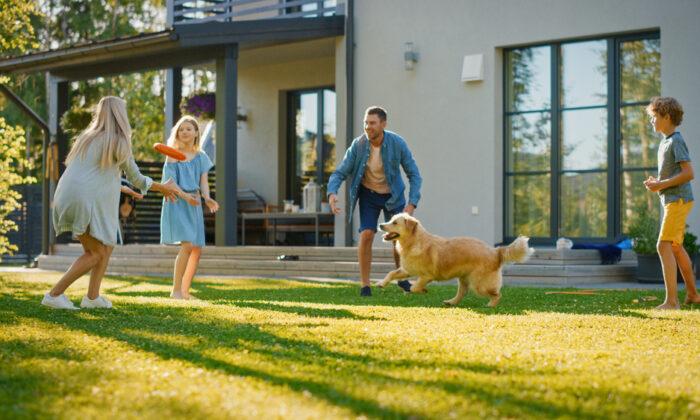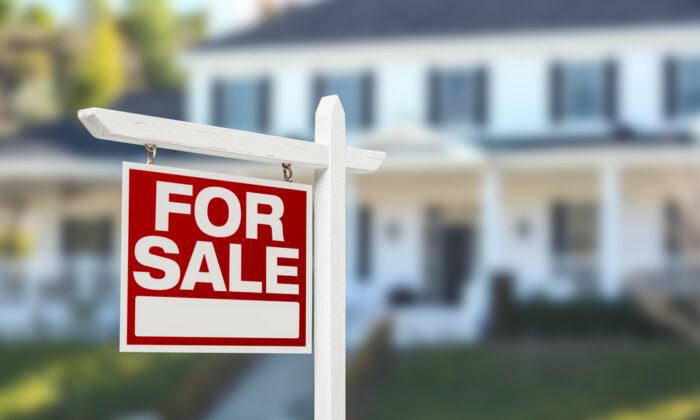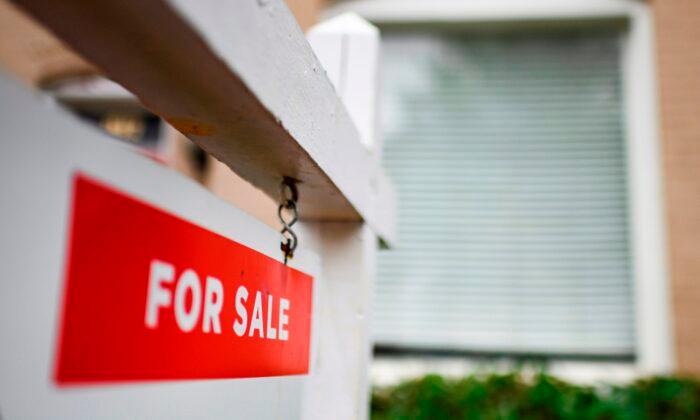Thankfully, not every buyer has the same taste. There was an old expression that people would use when Baskin-Robbins ice cream stores were in every neighborhood: “That’s why Baskin-Robbins has 31 flavors.” But truth be told, there were always a few flavors that sold the best. The same holds true with what sells houses.
The turn-ons currently are an open floor plan, volume ceilings, and an open-flowing orientation to a rear yard on the same level as the kitchen and family room. Not every home has an open kitchen and adjoining family room, but even when space is more limited, the orientation of public living space opening to the yard is what rocks for most people. People don’t crave a living room or formal dining room as much these days, but they do crave the indoor-to-outdoor flow, which allows for easy entertaining to the vibe of “California lifestyle.”
The kitchen is now the nucleus for where people hang out. The overall style of entertaining is far less formal and sit-down than that of previous generations of homeowners. Homes and backyards are designed for comfort and easy living. Backyards are designed to have utility and tranquility, with places for barbecuing, sunbathing, a home working area, and a shady area to read and chill out. People love privacy and quiet but also crave sidewalks for easy scooter and stroller walks, and short-distance strolls to a coffee house and other neighborhood convenience shops.
Turnoffs are issues that aren’t always so easy to sell, which often means having patience for the buyer of exception to show up or offering a price incentive to overcome the issues. Turnoffs can be related to floor plan and natural light. For example, a home might be dark with restricted yard access; seven-foot ceilings; few windows; and a floor plan of small rooms, lots of walls, and narrow hallways leading from room to room.
Other turnoffs could be lack of privacy, noisy neighbors, an adjacent commercial building or apartment building; an alley that is poorly maintained; or proximity to a busy traffic street, power lines, a homeless camp, a freeway or freeway overpass, a train track, or any unsafe or potentially unsafe issues.
People may have safety concerns if a home is next to a construction site, an abandoned home, or a home that appears to have hoarder neighbors or old, abandoned cars in the driveway. A fixer-upper next door with unsightly grounds might be a concern and a turnoff to some people. As might a loud barking dog, or even a foul-mouthed teenager with a passion for heavy metal music who beats on his drums loud enough to be heard three doors down. Being under a flight path or next to trash dumpsters are other turnoffs.
In a big city, it’s difficult to avoid airplanes, trains, traffic, dumpsters, power lines, tall buildings, neighbors of all types, and other aesthetic concerns. But with compromises, everyone finds their perfect home. In summary, understand that not every home sells the first week. If you are a serious seller with plans to move on, consider the turn-ons and the turnoffs of your home and price your home accordingly.





Friends Read Free